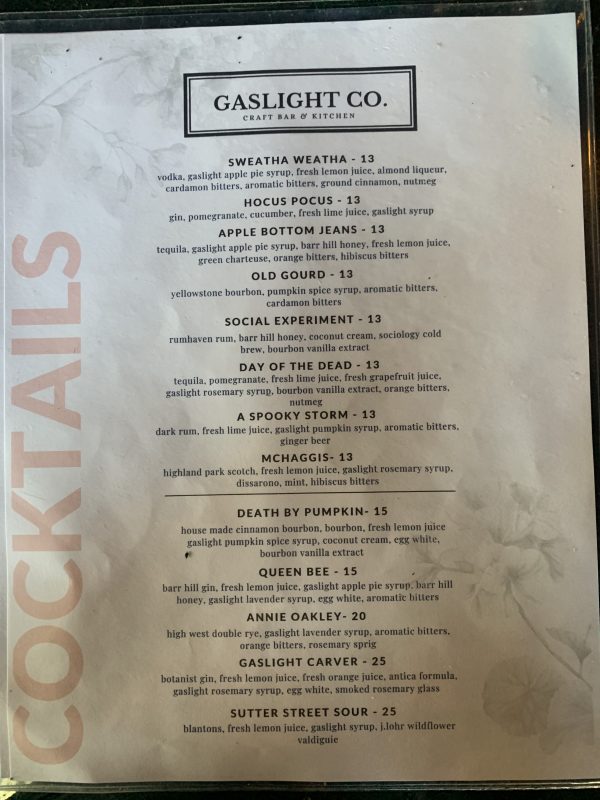6 Pack Luggage Tags for Cruise Ship Essentials for NCL, Princess, Carnival, Royal Caribbean and Celebrity Cruise Necessities by SEAVILIA
$5.00 (as of April 11, 2025 04:00 GMT +00:00 - More info)Are you aware of the hidden sources of gluten in your favorite salad dressings?

Get an Official Zagat Restaurant Guide
Understanding Gluten-Free Salad Dressings
In theory, avoiding gluten should be simple, but the reality is that many foods, including salad dressings, can contain hidden sources of gluten. Meat, vegetables, and dairy in their natural state are all gluten-free, but it’s the seasonings and sauces you add to your food that often require the most caution. Take a classic Caesar salad, for example. You’ll know to skip the croutons (or opt for a gluten-free version made from polenta), but the danger for celiacs comes with the dressing, which can contain multiple sources of gluten, even if you make it at home.

Get an Official Zagat Restaurant Guide
6 Ingredients to Avoid for Gluten-Free Salad Dressings
When making salad dressings at home, it’s easy to get carried away by adding a dash of all kinds of ingredients. Here are six ingredients to be aware of when making gluten-free salad dressings:
1. Malt Vinegar
| Malt Vinegar Ingredient | Gluten-Free Status |
|---|---|
| Made from barley | NOT Gluten-Free |
| Made from other grains or fruits | Gluten-Free |
All vinegars are made by fermenting some kind of fruit, grain, or alcohol, and it’s this source material that determines its gluten-free status. Malt vinegar, made from barley, is a red flag for celiacs. Avoiding this at home is as simple as using other types of vinegar, like balsamic or red wine vinegar. For store-bought dressings, you’ll need to check the label for malt vinegar, malt syrup, and malt extract.
2. Soy Sauce
| Soy Sauce Ingredient | Gluten-Free Status |
|---|---|
| Traditionally made with wheat or barley | NOT Gluten-Free |
| Made with rice or other grains | Gluten-Free |
Soy sauce is an ingredient that can trip people up, with the misconception that it is made only of soy and salt. The truth is that wheat performs an essential part of the fermentation process, and traditionally made types of soy sauce will always include either wheat or barley. When making something like this colorful toasted sesame noodle salad at home, tamari is often suggested as the best gluten-free substitute. It’s a Japanese soy sauce that’s usually made without the use of grains.
3. Mustard
| Mustard Ingredient | Gluten-Free Status |
|---|---|
| Contains malt vinegar | NOT Gluten-Free |
| Contains wheat as a thickener | NOT Gluten-Free |
| Made with gluten-free vinegar and ingredients | Gluten-Free |
When it comes to whipping up a quick salad dressing at home, a spoonful of Dijon with some oil and vinegar is just about the easiest thing you can create. Mustard, of course, is the backbone of a honey mustard dressing and can also show up in some recipes for ranch and Caesar salad dressing. While mustard seeds (and mustard powder) are naturally gluten-free, gluten can make its way into mustard in a couple of ways. Depending on the brand, this can mean malt vinegar or wheat as a thickener.
4. Blue Cheese
| Blue Cheese Ingredient | Gluten-Free Status |
|---|---|
| Made with mold grown on bread | NOT Gluten-Free |
| Made with lab-created mold | Gluten-Free |
This is probably going to be the biggest surprise on the list. After all, dairy is generally considered one of the safe foods for celiacs. The cheese part here isn’t really the problem, it’s the “blue,” the mold that runs the through the cheese and gives it a signature strong flavor. Before being added to the cheese, this mold starts life growing on bread or other cultures that contain gluten. According to the National Celiac Association, the resulting cheese won’t contain more than the safe levels of gluten, but it continues to be a source of debate.
5. Miso Paste
| Miso Paste Ingredient | Gluten-Free Status |
|---|---|
| Made with rice and gluten-free koji | Gluten-Free |
| Made with barley and gluten-containing koji | NOT Gluten-Free |
Miso paste is another ingredient that, in theory, could be gluten-free, but you can’t simply make that assumption. The most basic recipe calls for fermenting soybeans, salt, and a fungus known as koji. Like the mold on blue cheese, koji needs something to grow on and, in this case, it’s grains. Rice is the most common (and gluten-free), but barley is also used, which is the one to look out for.
6. Worcestershire Sauce
| Worcestershire Sauce Ingredient | Gluten-Free Status |
|---|---|
| Made with malt vinegar in the UK and Canada | NOT Gluten-Free |
| Made with white vinegar in the US | Gluten-Free |
You don’t need to know how to pronounce it to know what a great addition Worcestershire sauce can be to a dressing, packing a powerful umami punch. Made famous by a funky failure by Lea & Perrins UK, the traditional recipe uses malt vinegar, which comes from barley. However, the version produced for the US market is made from white vinegar, despite being from the same brand.

Conclusion
Gluten-free salad dressings can be a minefield, but by being aware of these six ingredients, you can create delicious and safe dressings for yourself and your loved ones. Remember to always check the label and look for certified gluten-free options to ensure your salad dressings are safe to eat.
Get an Official Zagat Restaurant Guide







